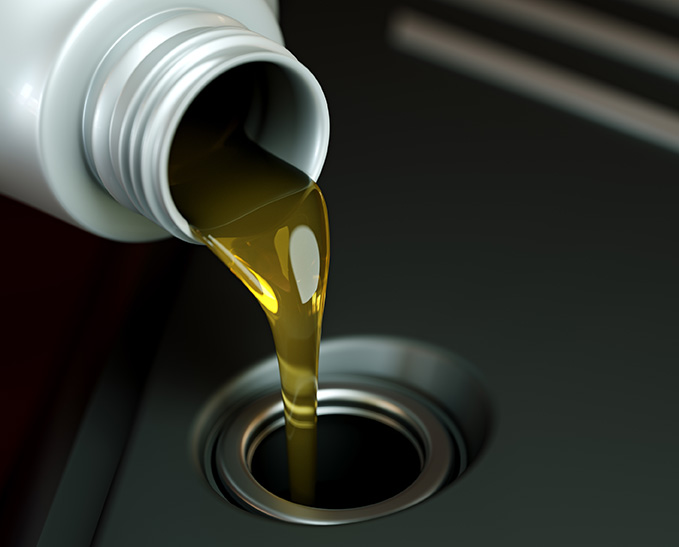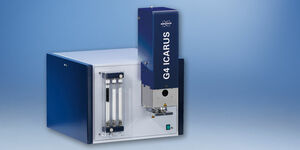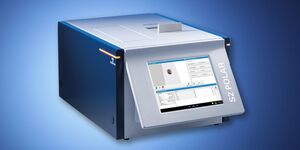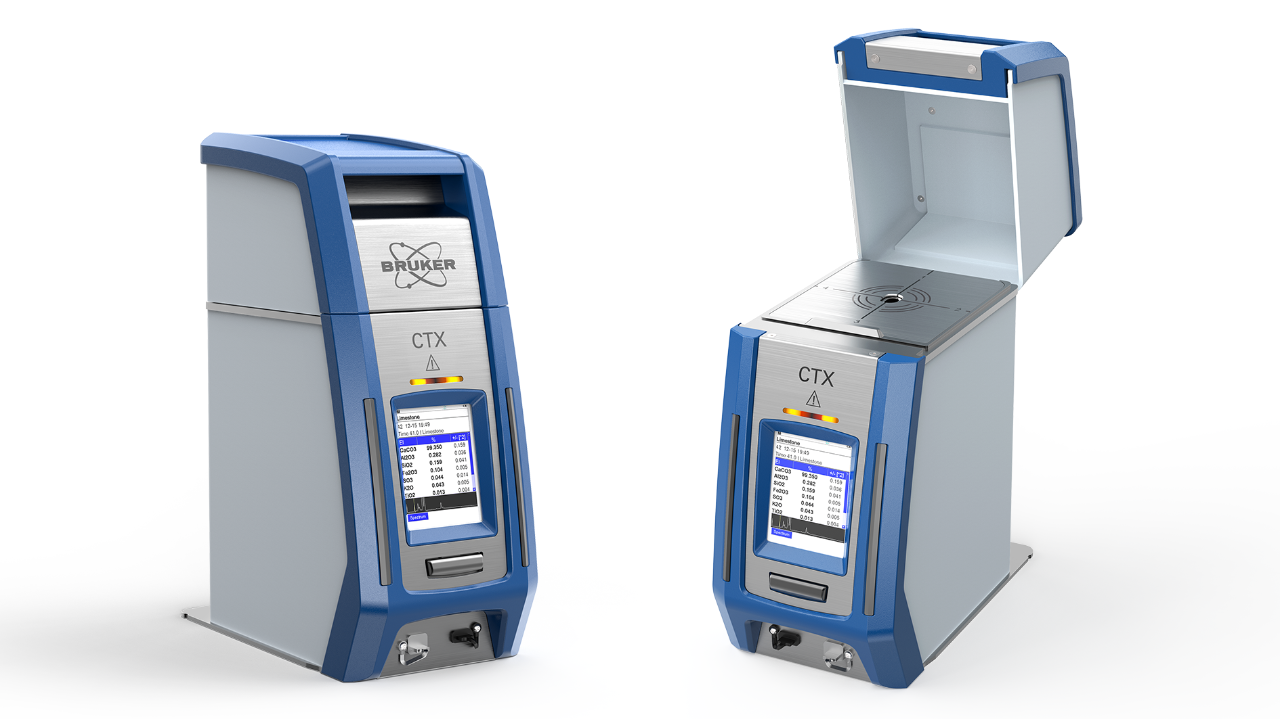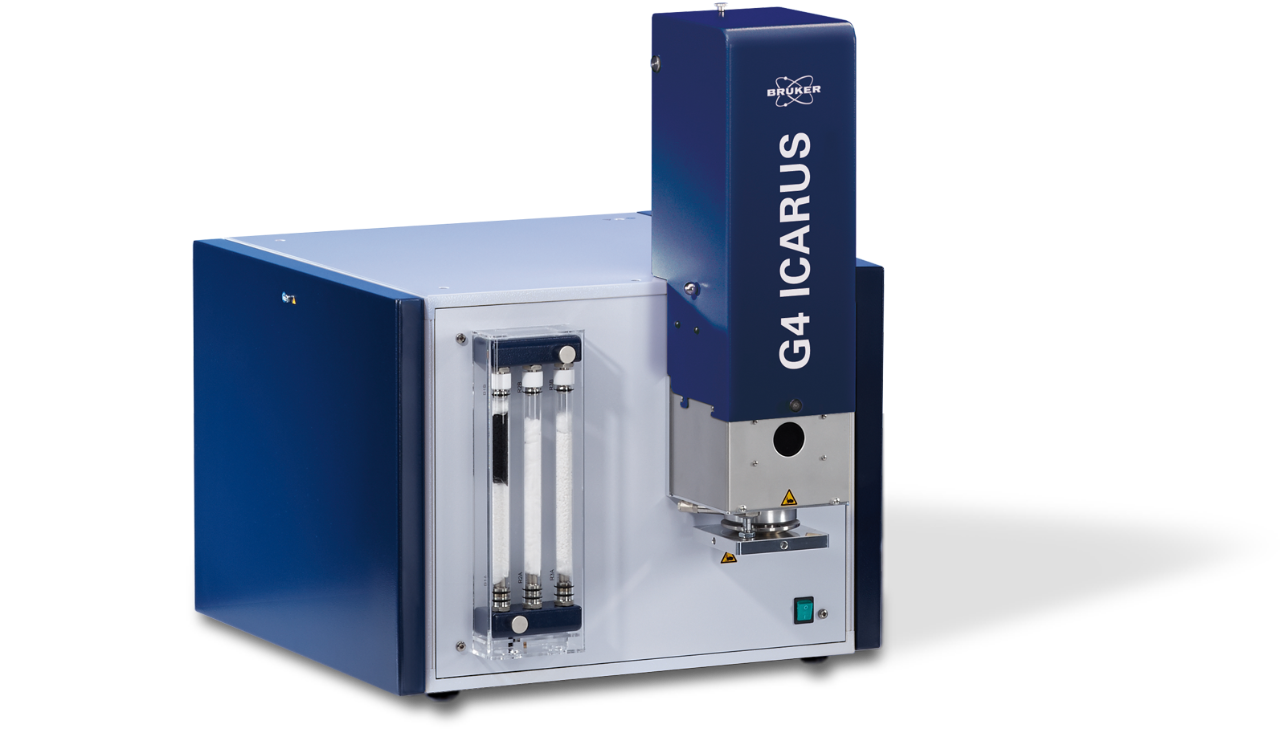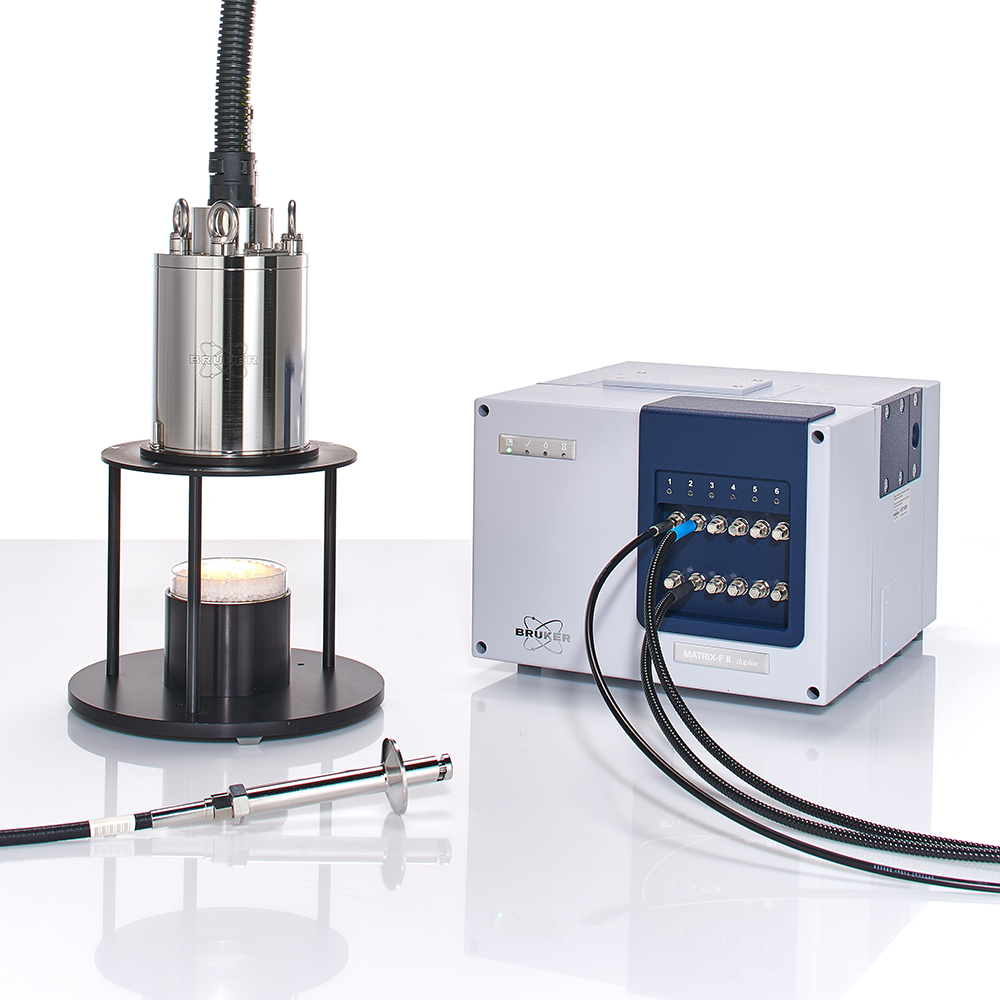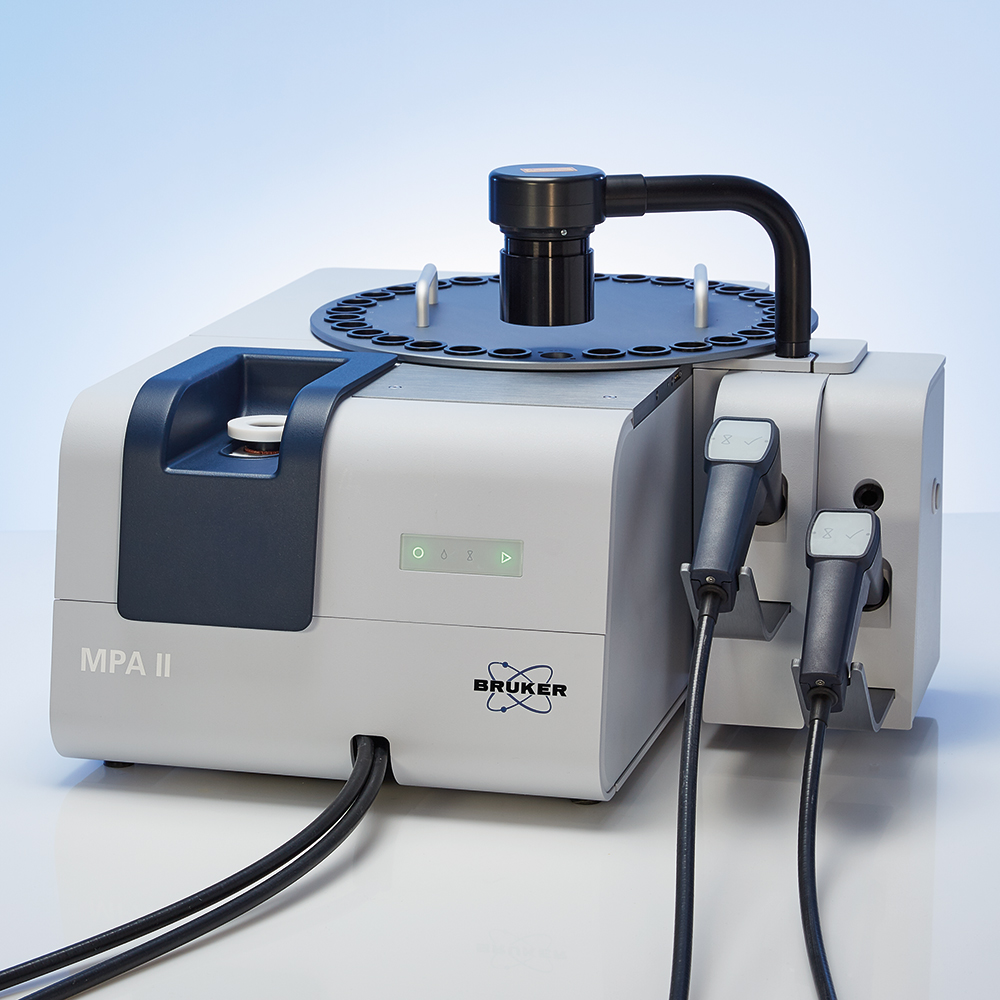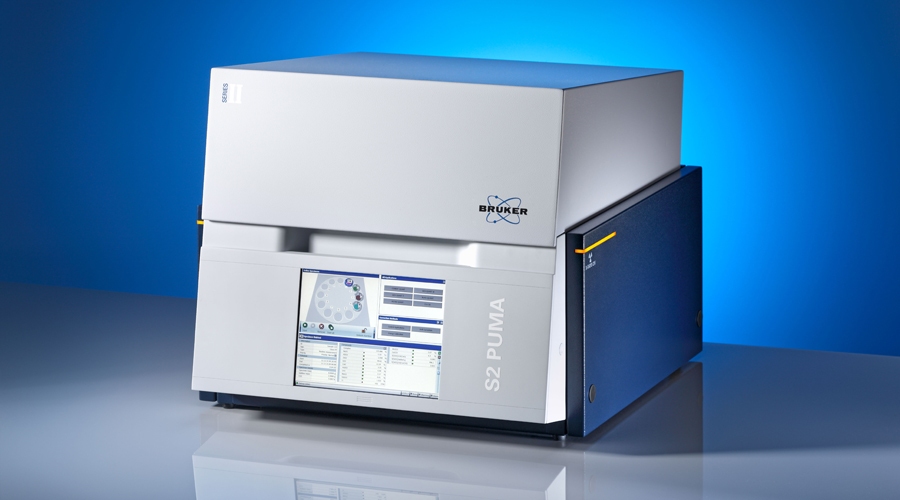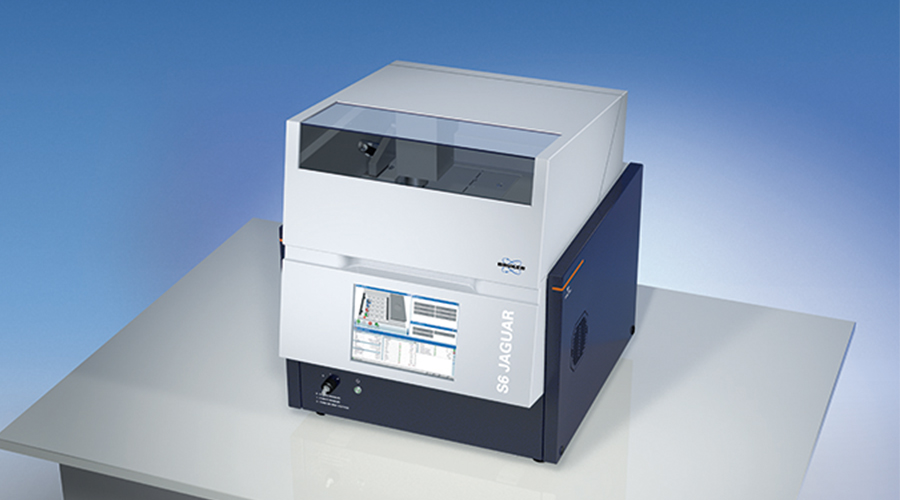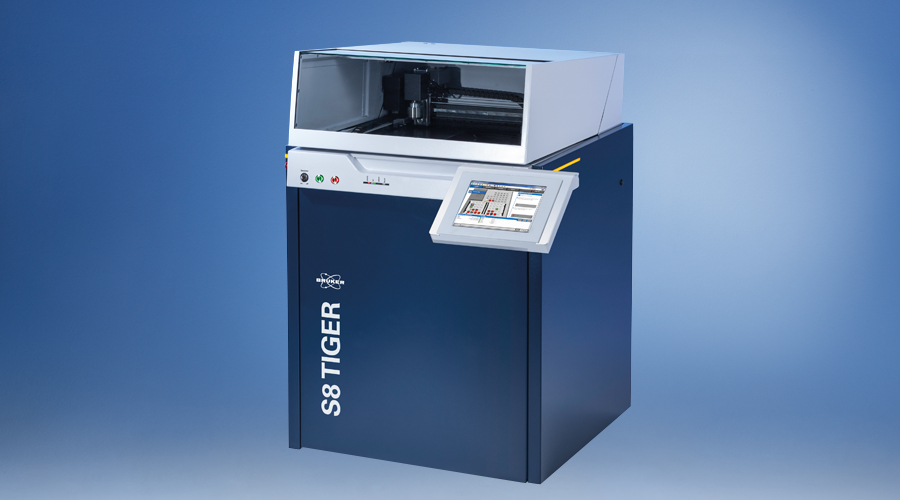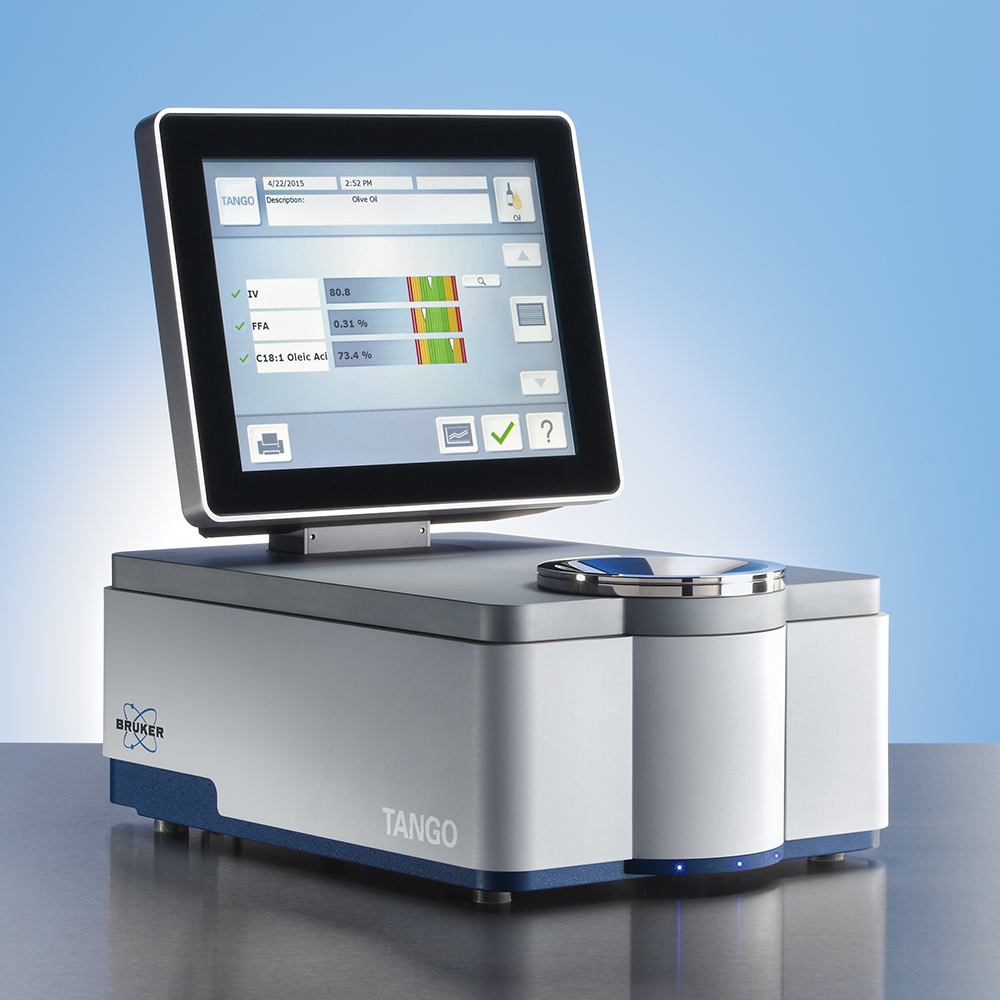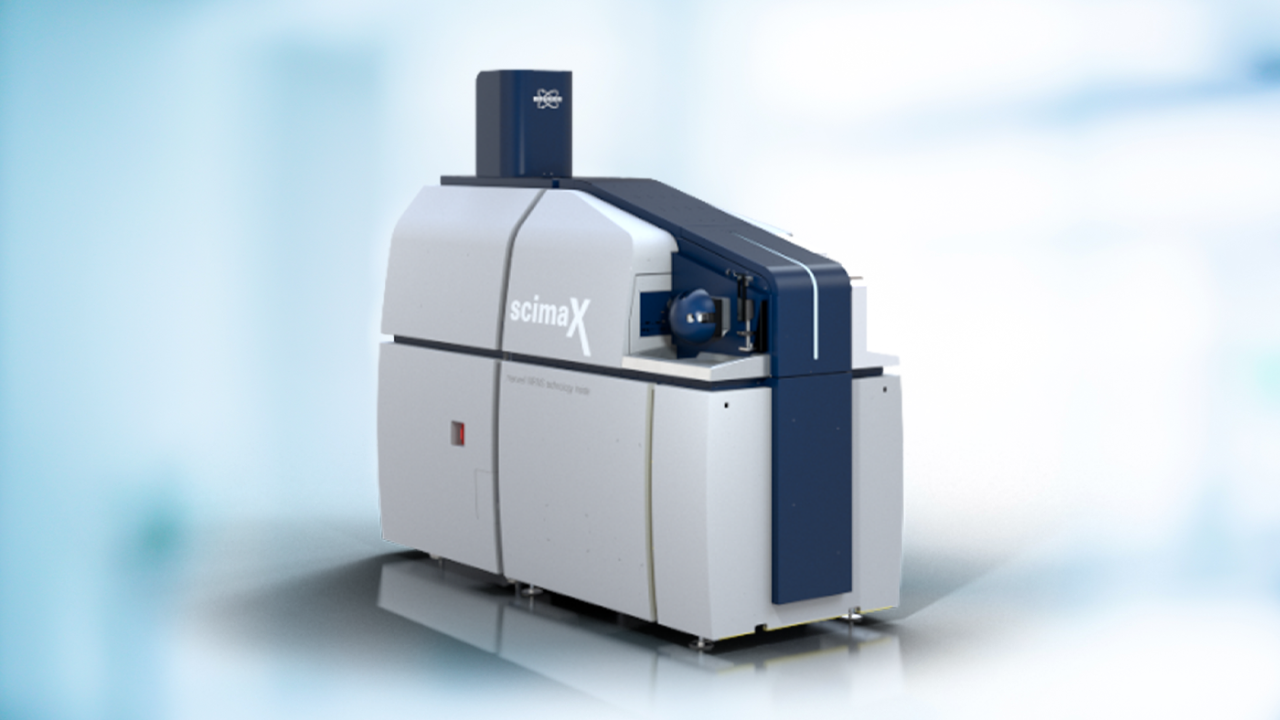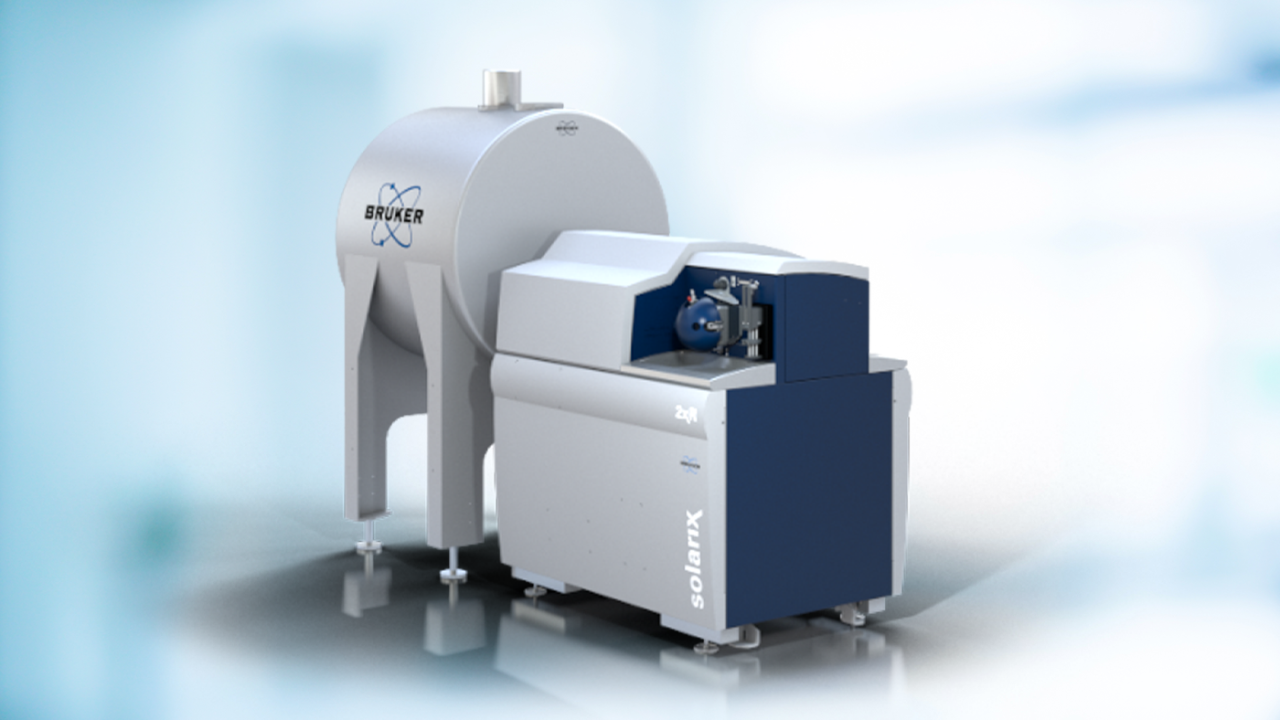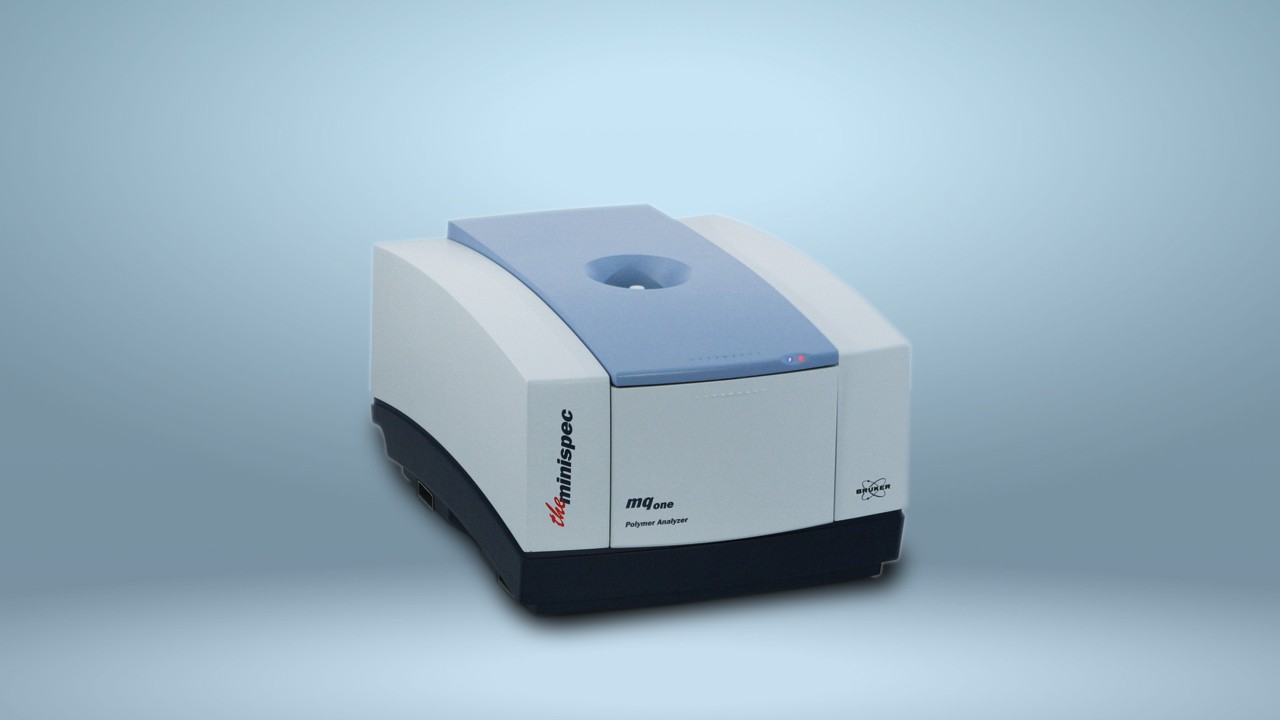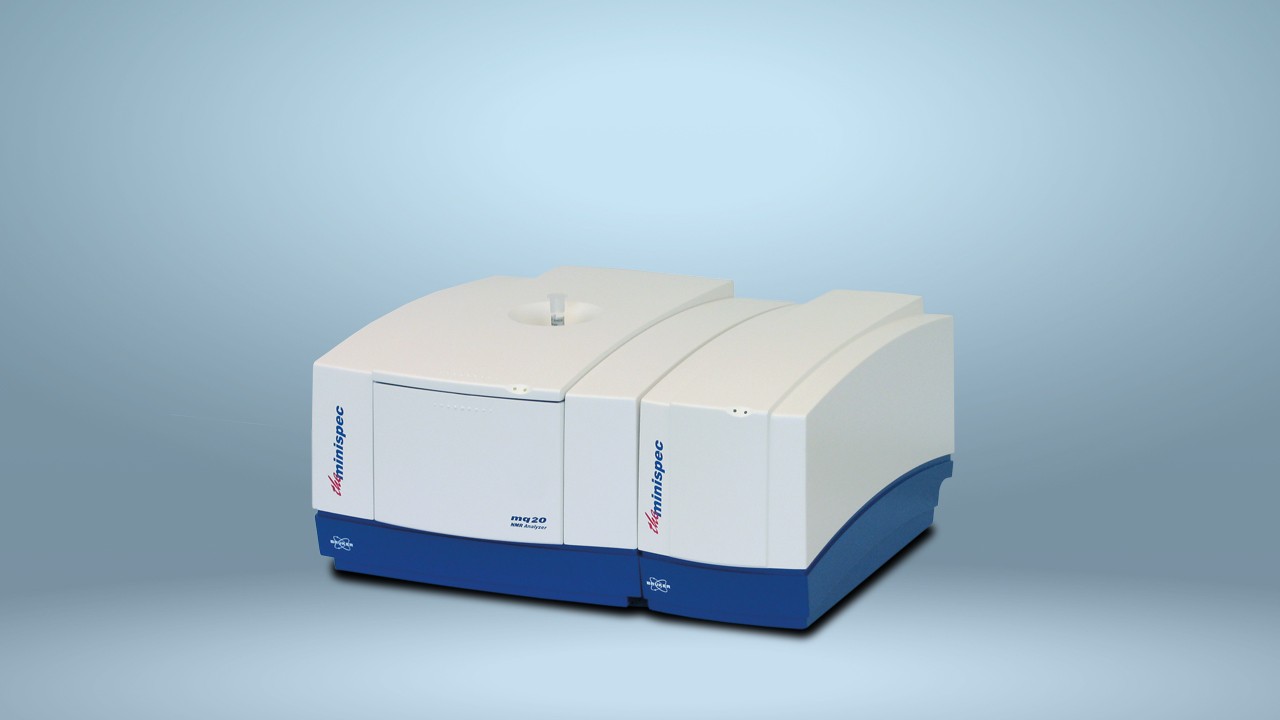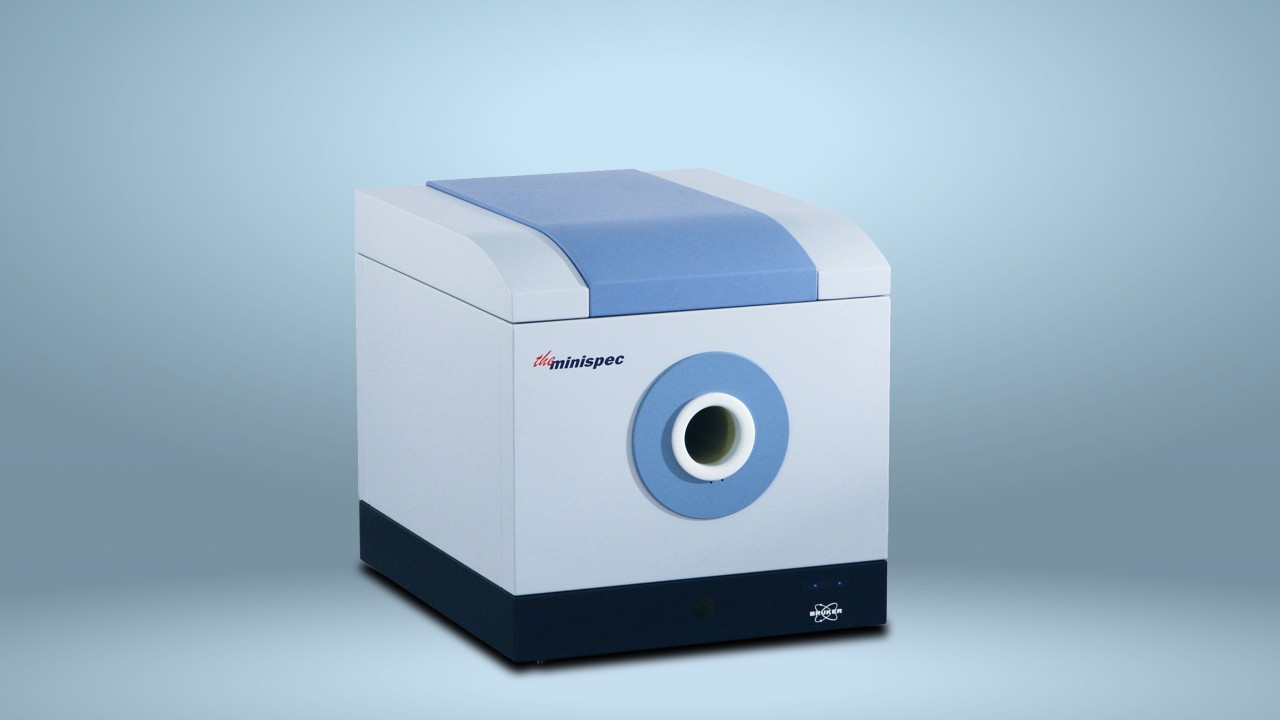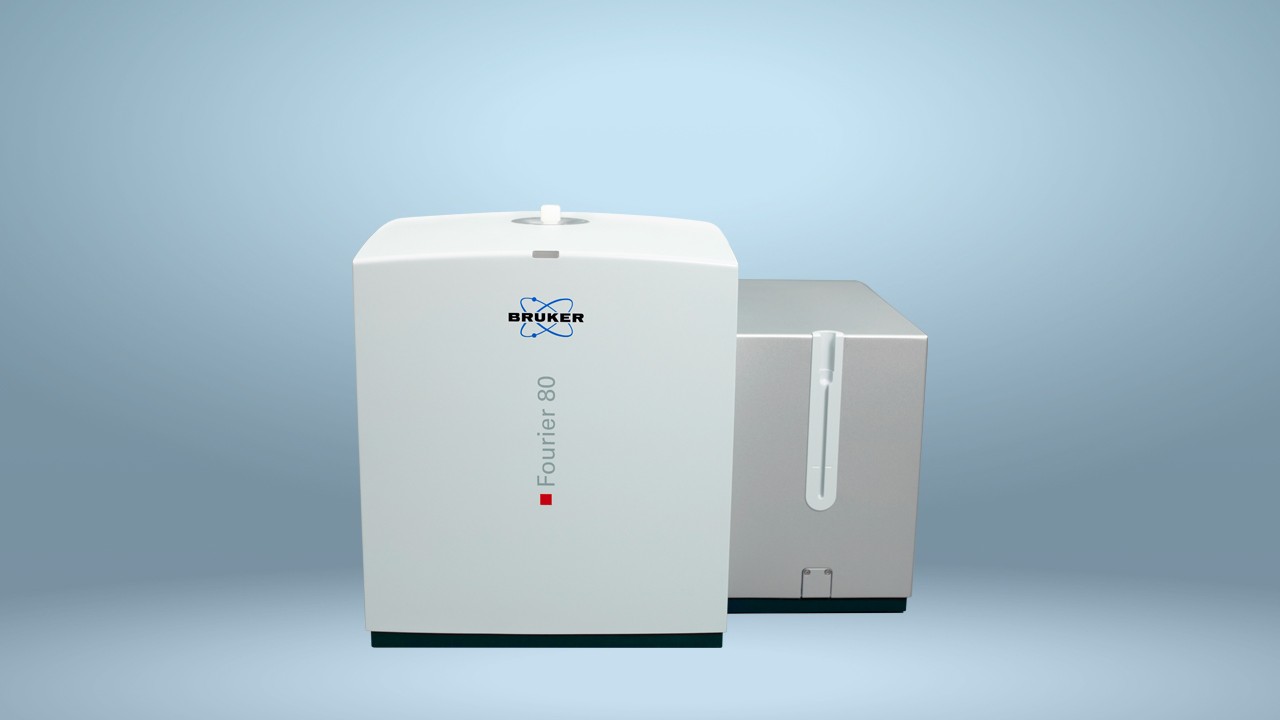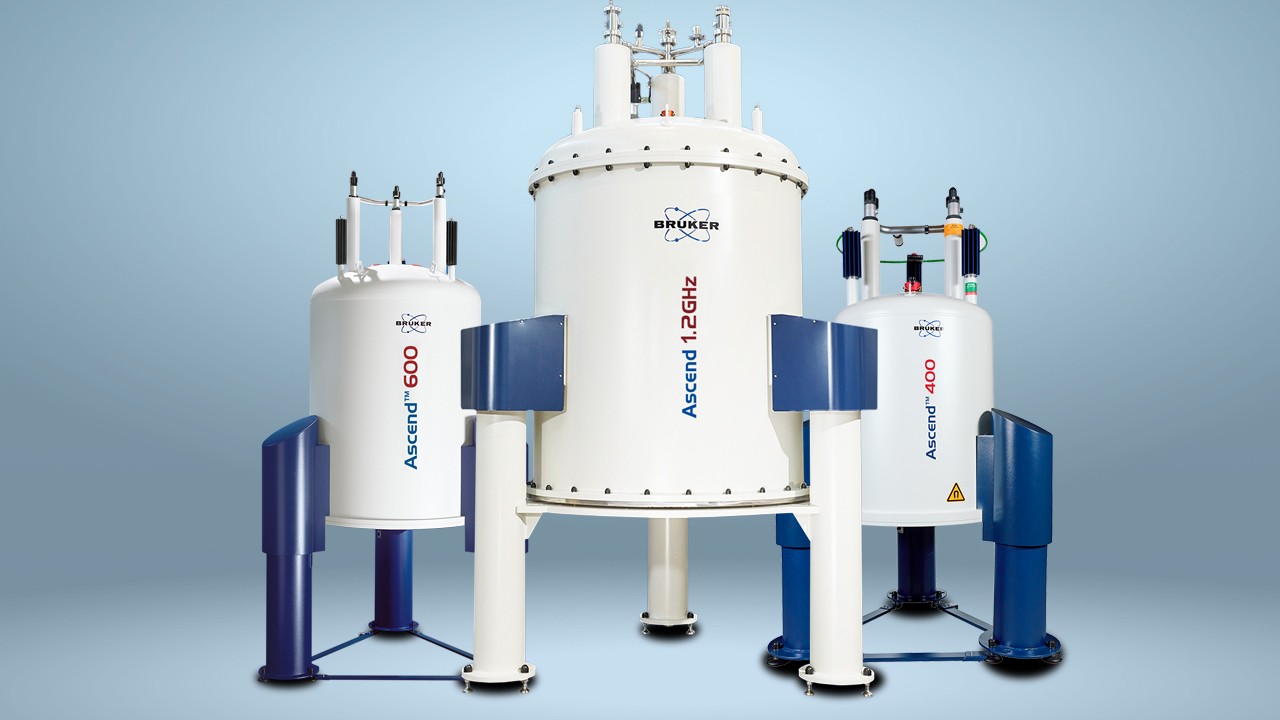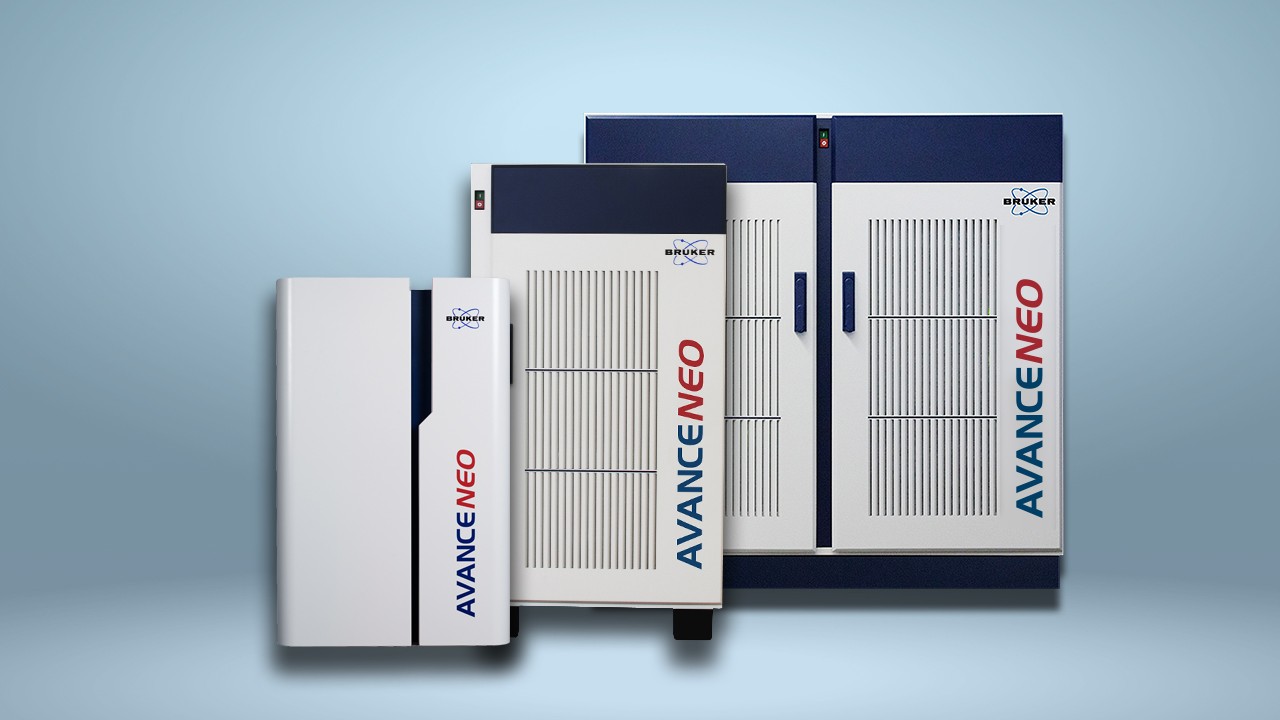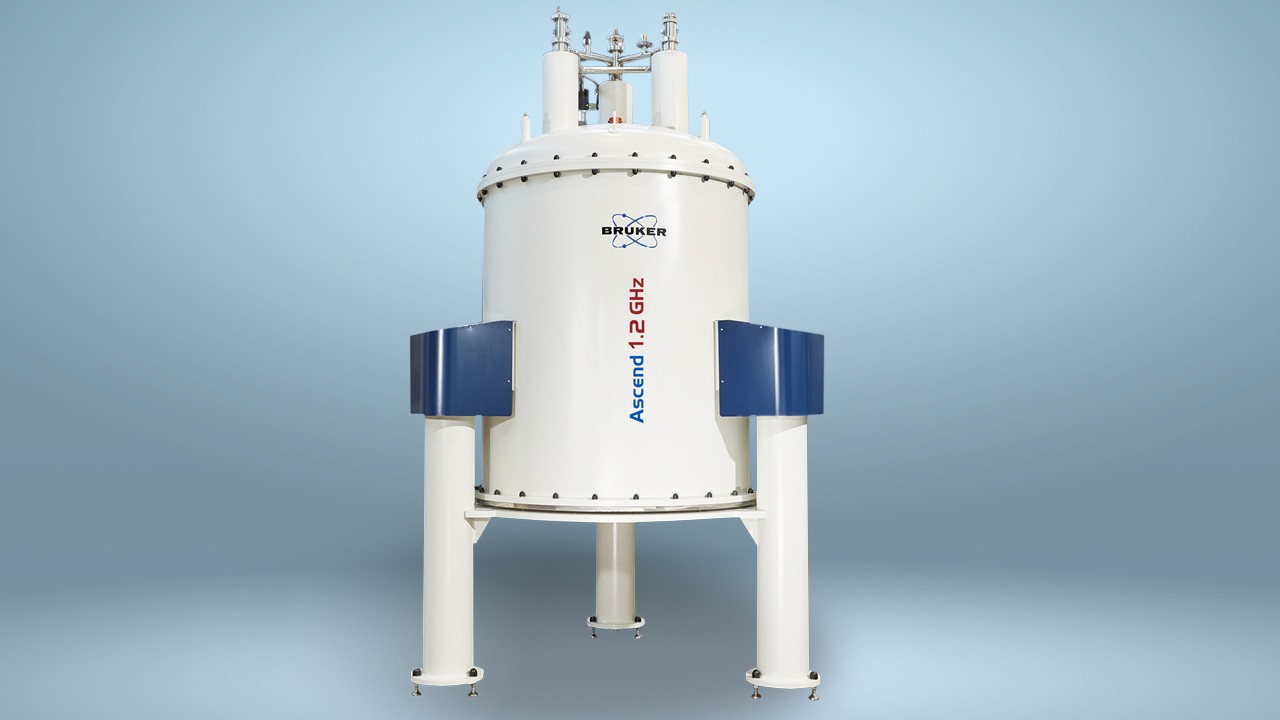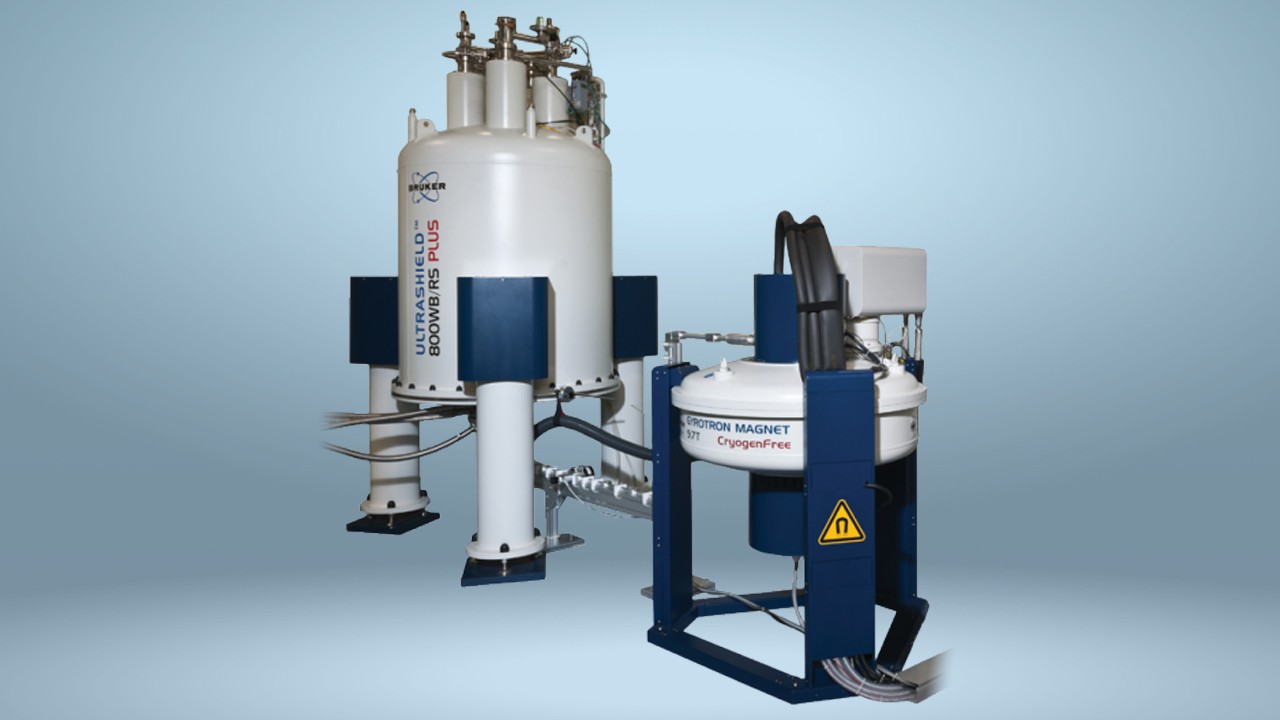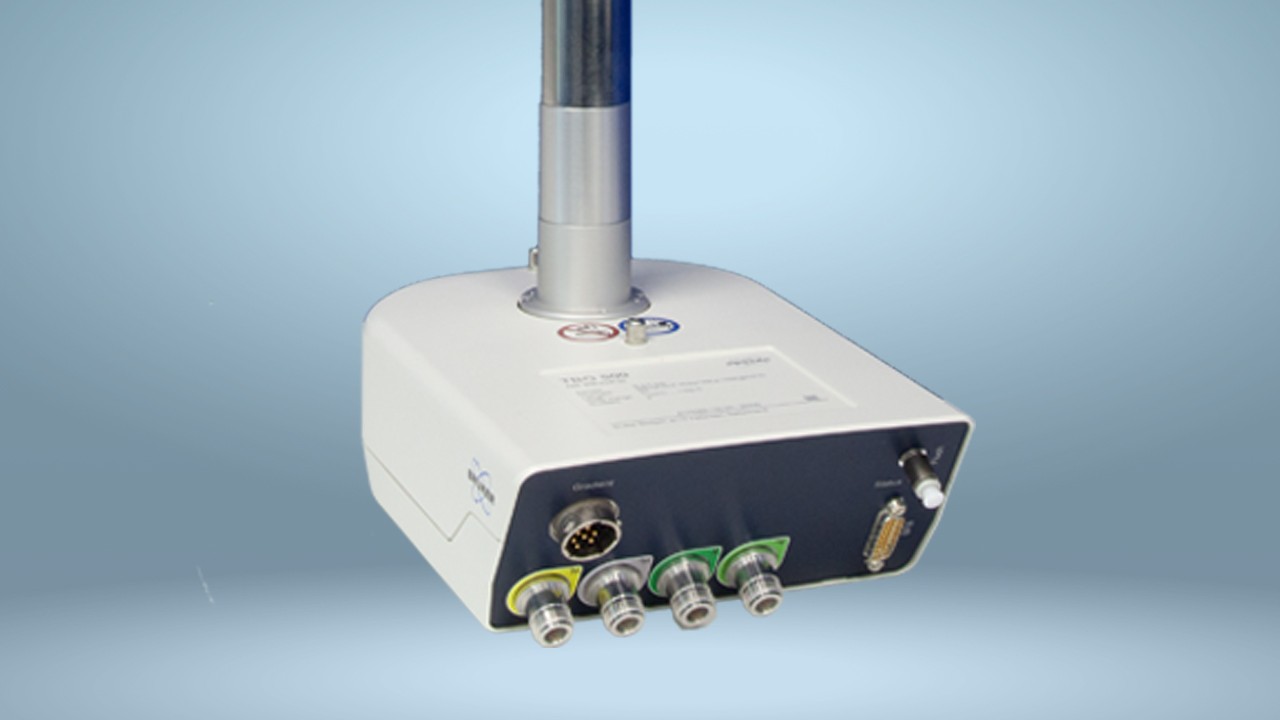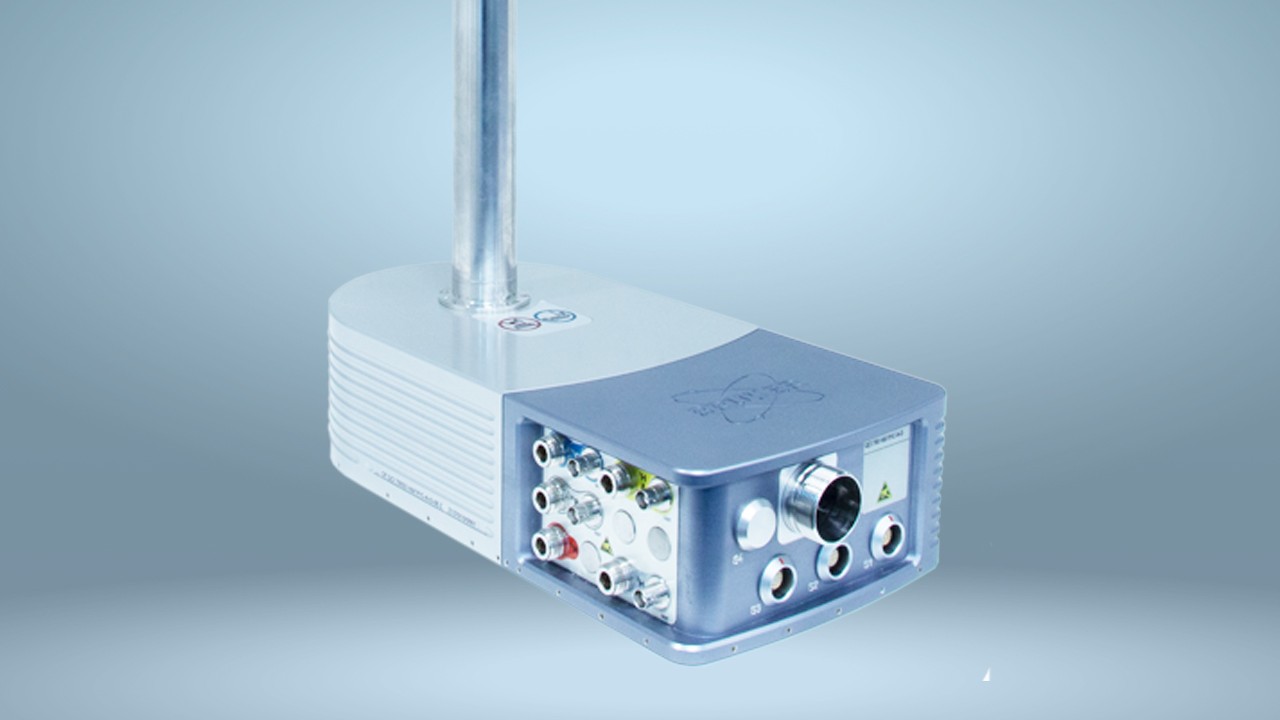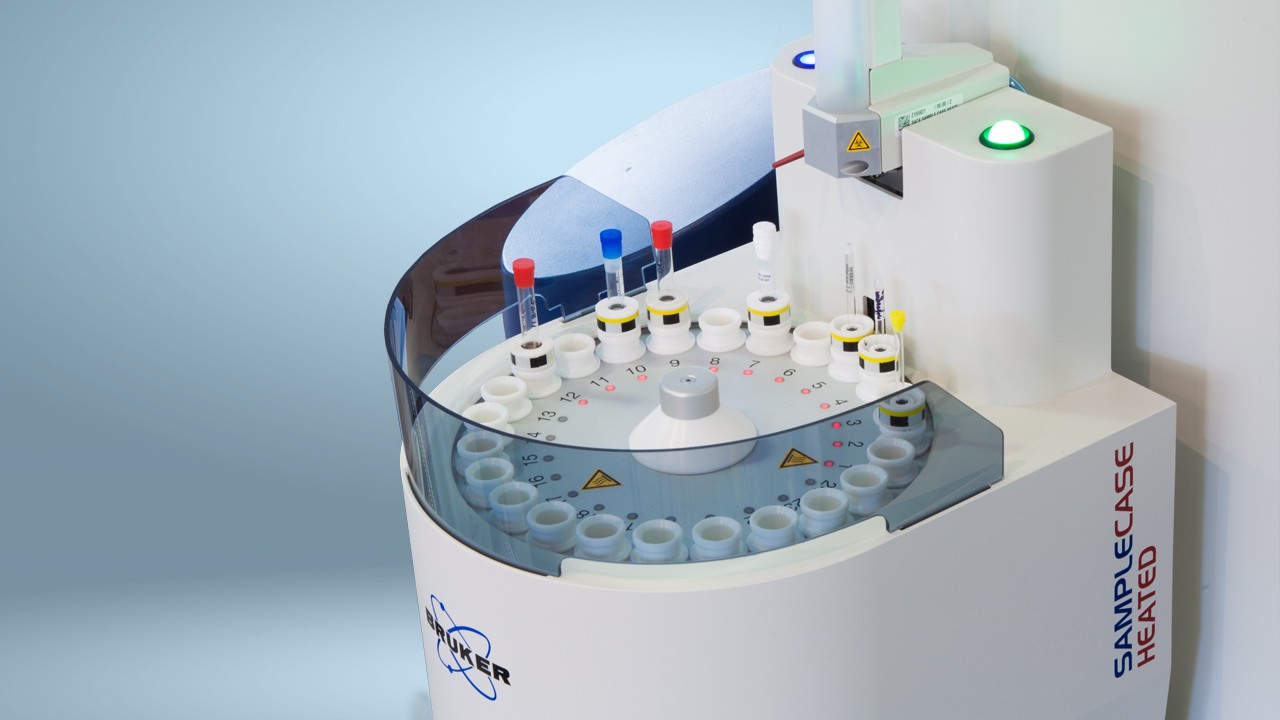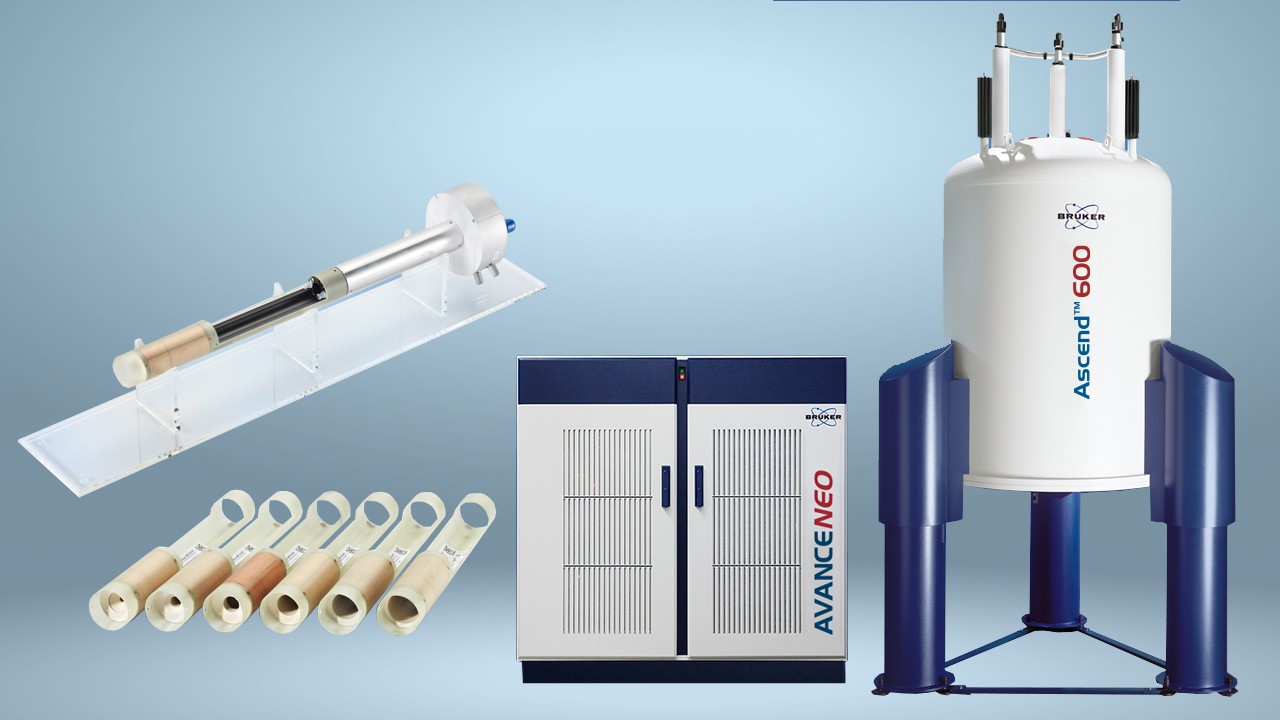Petroleum Process and Product Analysis
Petrochemical Product Analysis
Petrochemical Product Analysis
Refinery and cracker operations have become more complex with tighter margins, requiring a renewed focus on process control, feedstock analysis, and product quality control. Advanced analysis of the composition of petroleum enables operators to optimize refinery operations more profitably. Additionally, expanding regulatory controls on fuels require reliable and easy to use routine analysis. Bruker is committed to the downstream and petrochemical segment, with dedicated solutions and expertise in implementing new or improved workflows. Bruker provides go to solutionsWe are your partner in petrochemical product analysis and process control solutions.
FT-NIR
FT-NIR in Fuel & Analysis
Gasoline, Diesel and Jet fuels require extensive testing in the laboratory for process optimization, blend optimization and efficiency and to reduce the instance of octane giveaway. Previously, this required many independent tests including simulated distillation, GC and Knock Engine Testing. New advances in Fourier Transform Near Infrared spectroscopy now mean that multiple chemical and& physical properties can be derived from one sample/one spectrum in seconds. Properties include:
- RON, MON, PON
- RVP, T5, T10, T50, T90, T95, IBP, FBP
- Benzene, Aromatics, Olefins, Saturates
再融资的力量开发了独特的解决方案nery fuels laboratories which includes calibrations developed using many thousands of fuel samples.
Molecular Classification
Petroleomics: The Molecular Classification of Petroleum
A detailed knowledge of the exact chemical composition of crude oil and crude oil fractions is in high demand within the oil industry. Crude oils with similar or even identical bulk chemical properties can behave completely different. Examples include reacting differently in the refinery processes, where specific compounds and compound classes can cause catalytic deactivation.
Flow assurance interests are with polar compounds in crude oil containing hetero atoms such as nitrogen, sulfur and oxygen having a high contribution in deposition and clogging of pipelines. Even in oil exploration, the exact chemical class information can be useful for reservoir connectivity studies.
Therefore, detailed information on relative abundances of those problematic compound classes is of major interest.
The relative abundance of compound classes, as well as detailed core structural information of classes based on ring and double bond equivalents can be derived by ultra-high resolution mass spectrometry.
Crude oils can be analyzed without any sample purification within minutes using different ionization methods (APPI, ESI, LDI). Mass spectrometric data are then processed using advanced software solutions (PetroOrg/Composer).
Elemental Classification
Explore XRF Solutions for Petrochemical Standards
Elemental analysis is a crucial process control tool for the refining process: XRF is employed as a technique to quantify sulfur from the crude oil to the liquid streams and in the refined products as well as to quantify Ni, Fe and V in crude oils.: Since XRF can analyze the sample directly without digestion or dilution it is the technique that is widely employed as process tool.: Sulfur levels in fuels are regulated, compliance analysis can be performed with XRF by applying ASTM, ISO or other national norms such as ASTM D2622. Residual fuel oils as well as solid petcoke can be analyzed as well directly.
For the lowest detection limits, as well as for testing P, Pb , S,Ni,V and many more elements in a laboratory setting theS8 TIGER Series 2 WDXRFunits are used by many refineries.
Smaller refineries and for regions where regulatory compliance for sulfur and ultra-low sulfur can be done with EDXRF (e.g. ISO 13032, ASTM D7220 and D4294) BRUKER offers theS2 POLARwith factory calibrated solutions.
IMO 2020 Low Sulfur in Fuel Regulations
The International Convention for the Prevention of Pollution from Ships (MARPOL) carriage ban on non-compliant fuel oil went into effect on March 1, 2020.Quickly and accurately measure sulfur in marine fuels to ensure bunker fuels meet regulations in Emission Control Areas and other restricted locations. This method follows ASTM D4294 higher concentration range of 0.1 to 5.0% Sulfur in Fuel and ISO 8754:2003. Suppliers, engineers, ship captains and inspectors can use our portable XRF Sulfur Measurement solutions at service labs, supply stations, on docks, in ports, and even aboard barges and ships.
Bruker’s CTX portable XRF system provides a reliable and inexpensive verification of sulfur in fuel onboard or at the terminal.
TD-NMR
TD-NMR Hydrocarbon Analysis
时域核磁共振(TD-NMR)lso called Low Resolution NMR, is an affordable NMR solution for petroleum and processes analysis. Magnetic field relaxation times can be used to determine physical and chemical properties, including:
Crude Oil Analyses
- Viscosity
- Droplet size distribution (oil-in-water, water-in-oil)
- Hydrogen content
Distillation Monitoring
- % Hydrogen in seconds (ASTM techniques)
- Automated hydro-cracking process control
油砂分离
- Real-time monitoring of bitumen, water, solvents in separation samples
- Sample size: few mg to 1000g
- No sample preparation necessary
- Color, opacity does not affect measurement
- Simple and short calibration procedure
NMR
NMR for Fuel Analysis
NMR has found application in the fuel industry since its inception as a commercial product, and the fuel additives field has since become a heavily studied area of the industry. Often, fuel companies will carry out this research themselves and use NMR to acquire detailed information on the chemical makeup of raw petroleum.
En savoir plus
Publications Related to Petroleum Process and Product Analysis
- 2017 - Fuel: Fractionation of asphaltenes in n-hexane and on adsorption onto CaCO3 and characterization by ESI(+)FT-ICR MS: Part I
- 2014 - Fuel: Monitoring the degradation and the corrosion of naphthenic acids by electrospray ionization Fourier transform ion cyclotron resonance mass spectrometry and atomic force microscopy


